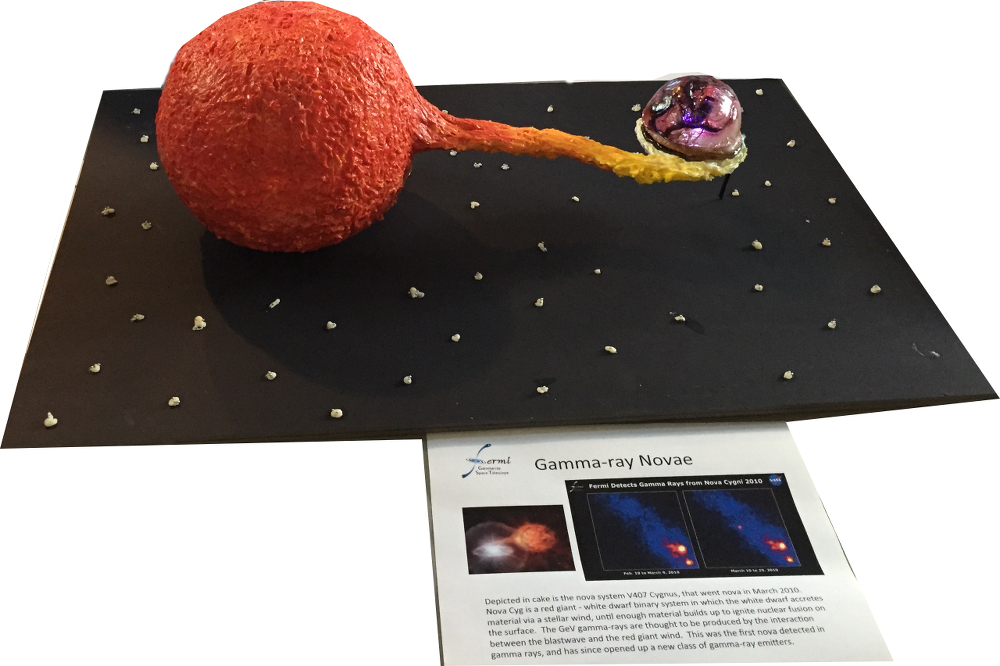Science as Food
- By Maggie Masetti
- February 9, 2015
- Comments Off on Science as Food
We’ve got a little running theme here of space cakes here at Blueshift. And we’ve got another one for you – this time it’s a gamma-ray Novae cake. And we also have an interview with the cake-makers, who we have actually featured before (links to their other cakes at at the end of this blog). Our bakers are Judy Racusin, Sylvia Zhu, and David Green.
NASABlueshift: Can you introduce yourself?
Judy: I’m an astrophysicist at GSFC in the Astroparticle Physics Lab. I work on both the Fermi and Swift missions, studying gamma-ray bursts. Sylvia and David are University of Maryland graduate students who also work in the Fermi group at Goddard. Sylvia also studies gamma-ray bursts, and David studies the use of the Fermi Large Area Telescope as a cosmic ray detector.
NASABlueshift: What was the event for which you made a cake?
Judy: The Science as Food competition at the annual Science Exploration Directorate Poster Party. This is a wonderful event organized by the Science Directors Committee, a group of early-career civil servants who advise the director of science, to bring together people from all the science divisions and some engineers too to learn about the broad range of science done at Goddard via recycled scientific posters that people have presented at recent conferences. The Science as Food competition is just one component of the poster party to bring out people’s creativity and provide a tasty treat.
NASABlueshift: Tell us about your cake. What inspired you to choose that astronomical object to represent?
Judy: As gamma-ray astronomers and members of the Fermi-LAT team, we particularly like to depict objects that are gamma-ray emitters, especially as they tend to have extreme physics. We decided to depict a gamma-ray nova, specifically the system Nova V407 Cygni 2010. This was the first nova detected by Fermi-LAT, in March 2010. No one ever expected novae to be gamma-ray emitters, so the discovery surprised a lot of people, even more so when additional novae have since been discovered making them a gamma-ray source class (currently with 5 members, see also: http://www.nasa.gov/press/2014/july/nasas-fermi-space-telescope-reveals-new-source-of-gamma-rays/#.VMvrdWTF_Cc).
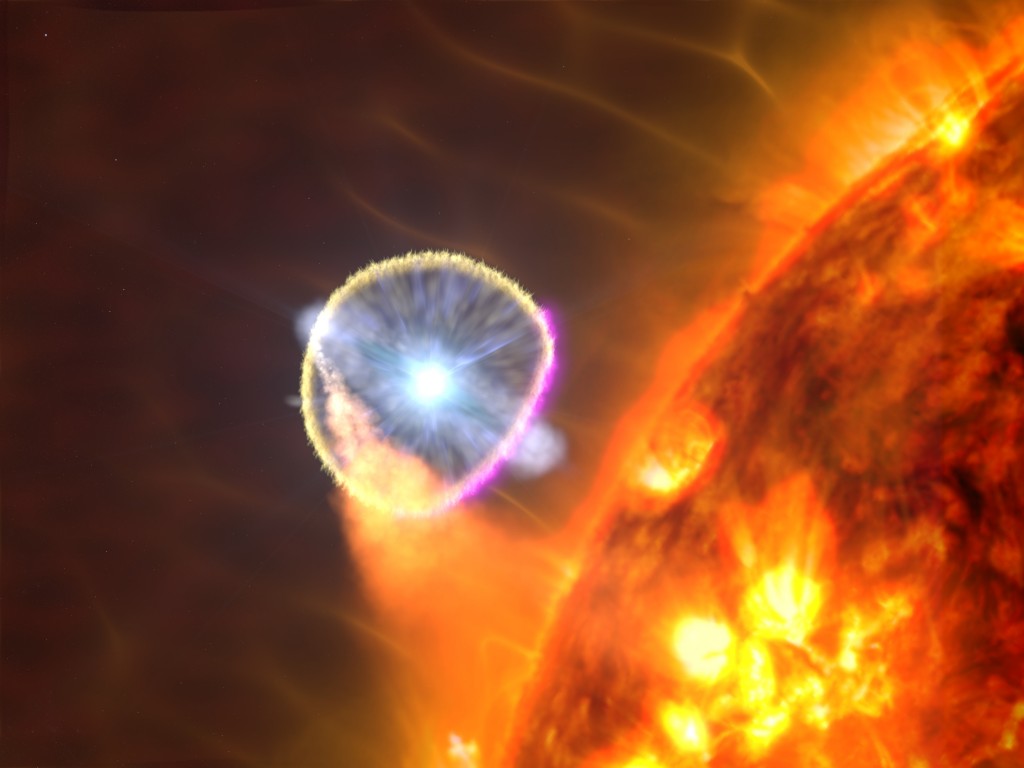
The white dwarf star in V407 Cygni, shown here in an artist’s concept, went nova in 2010. Scientists think the outburst primarily emitted gamma rays (magenta) as the blast wave plowed through the gas-rich environment near the system’s red giant star. Image Credit:
NASA’s Goddard Space Flight Center/S. Wiessinger
We’ve also been wanting to try and bake a 3D spherical cake (like this amazing Jupiter cake), and a nova system seemed like a good candidate for that baking technique.
NASABlueshift: What is significant about gamma-ray novae?
Judy: A nova is an outburst from a stellar binary system where the companion star accretes material onto a white dwarf. Periodically the material falling onto the white dwarf surface becomes unstable and a runaway fusion reaction produces a bright outburst last for a few months. Not all novae emit gamma-rays, but those that do seem to be due to particle acceleration caused by the interaction between the blast wave and the companion star or the interstellar medium.
NASABlueshift: What were the important features of the gamma-ray nova that you wanted to model?
Judy: Depicting a snapshot of the dynamic interaction between the two stars, the accretion flow, and the blast wave was our goal and challenge. We thought it was important to show the properties of the companion star, which is a red giant star in the V407 Cyg system, though the companion is a main sequence star in many other novae systems. Therefore we not only demonstrated the inflated hydrogen (red) atmosphere, but also the interior of the star. Once the cake was cut into, 3 layers were revealed (not to scale): the Helium core (chocolate cake), the Hydrogen burning shell (vanilla cake), and the Hydrogen atmosphere (red vanilla cake).
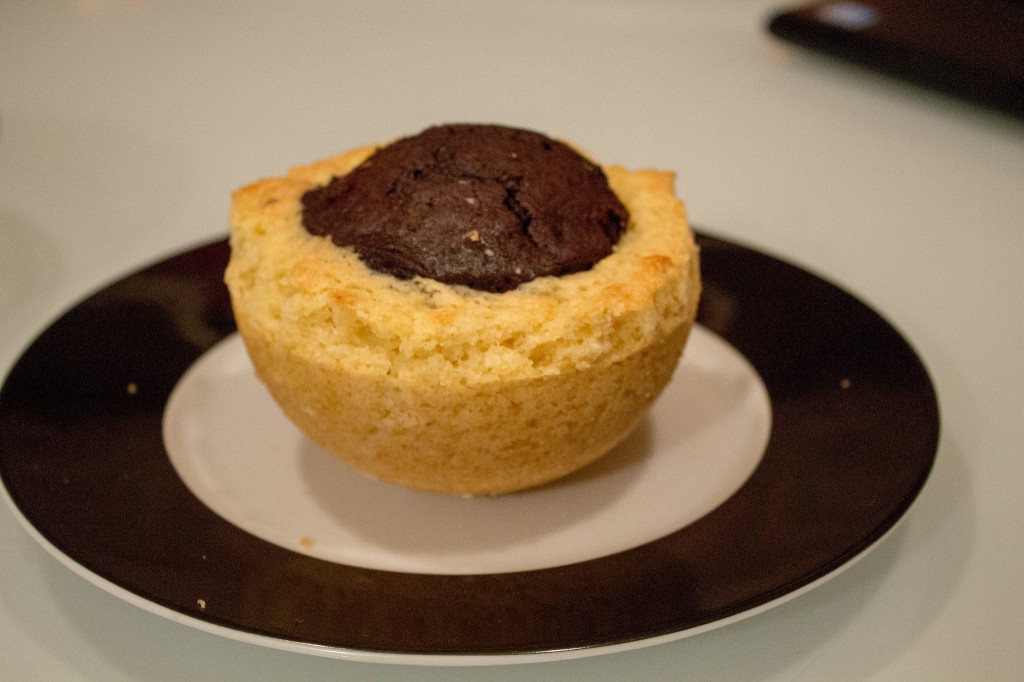
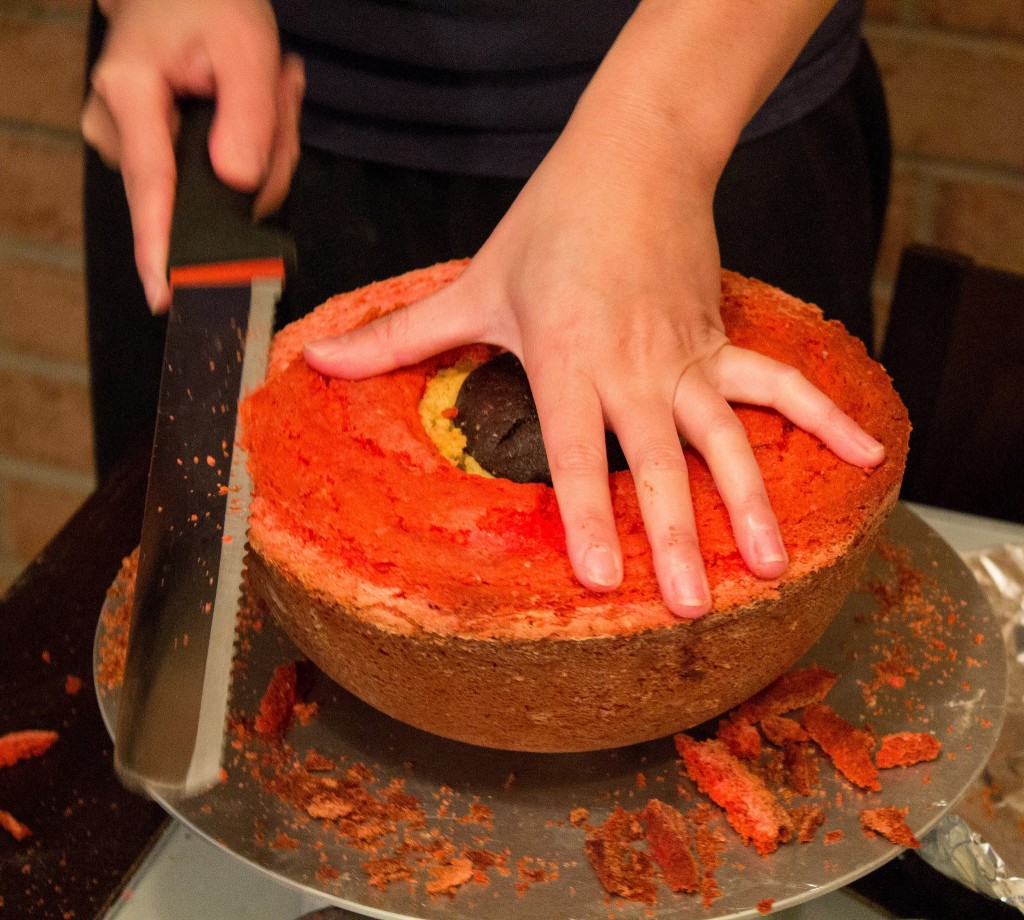
The flow of material from the red giant onto the white dwarf was another challenge because we wanted the white dwarf to be free floating. To accomplish this, we designed and 3D printed a plastic structure that was wedged inside the red giant cake, and extended out in space like an arm covered in a swiss buttercream frosting, ending in a circle that held up the blast wave. The white dwarf itself was a couple of LEDs, surrounded by a sugar cookie accretion disk, and inclosed in a molded sugar blast wave. If you look closely, you’ll see that the blast wave is colored purple on the side facing the companion to indicate the source of the emitted gamma-rays.

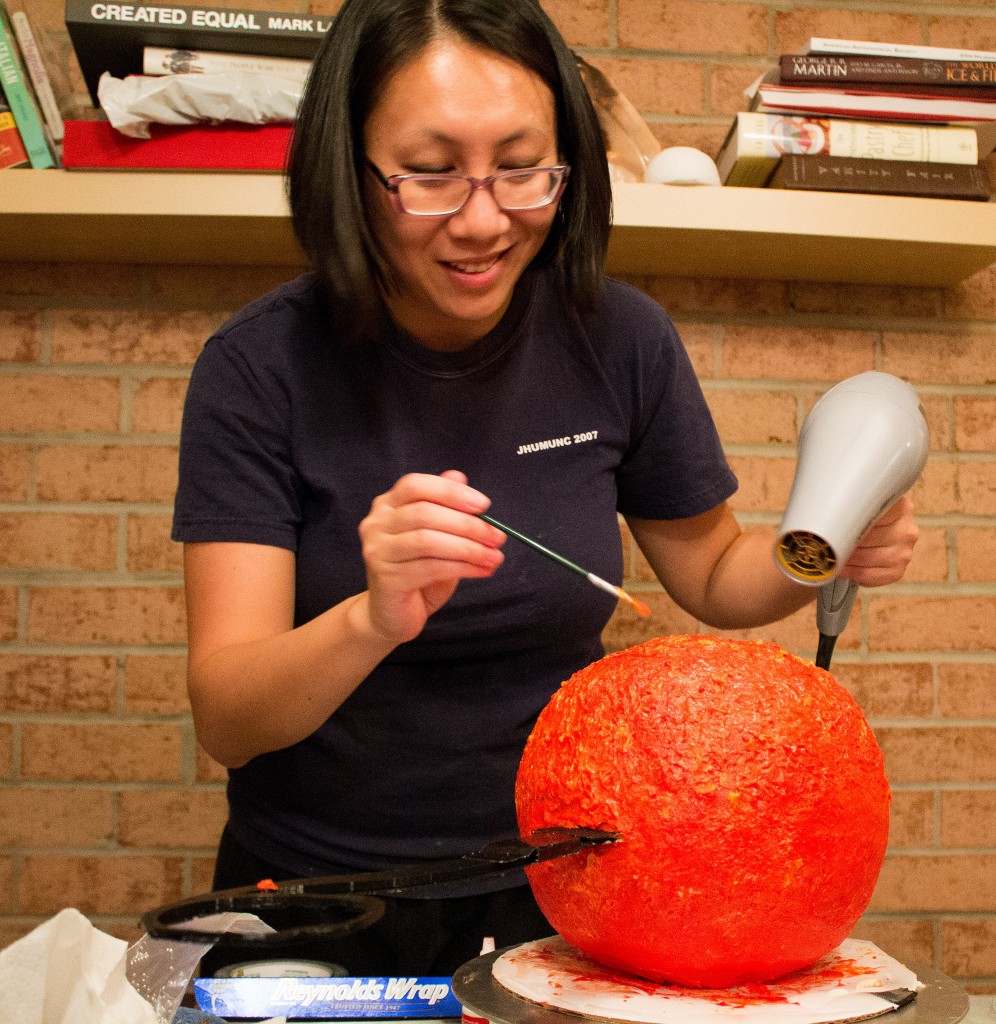
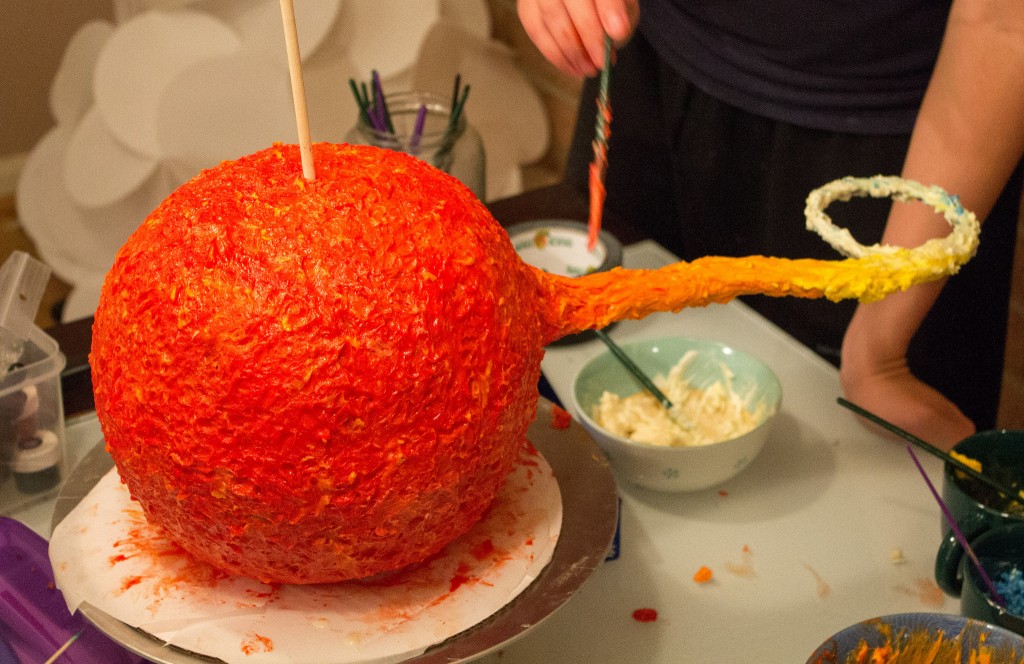
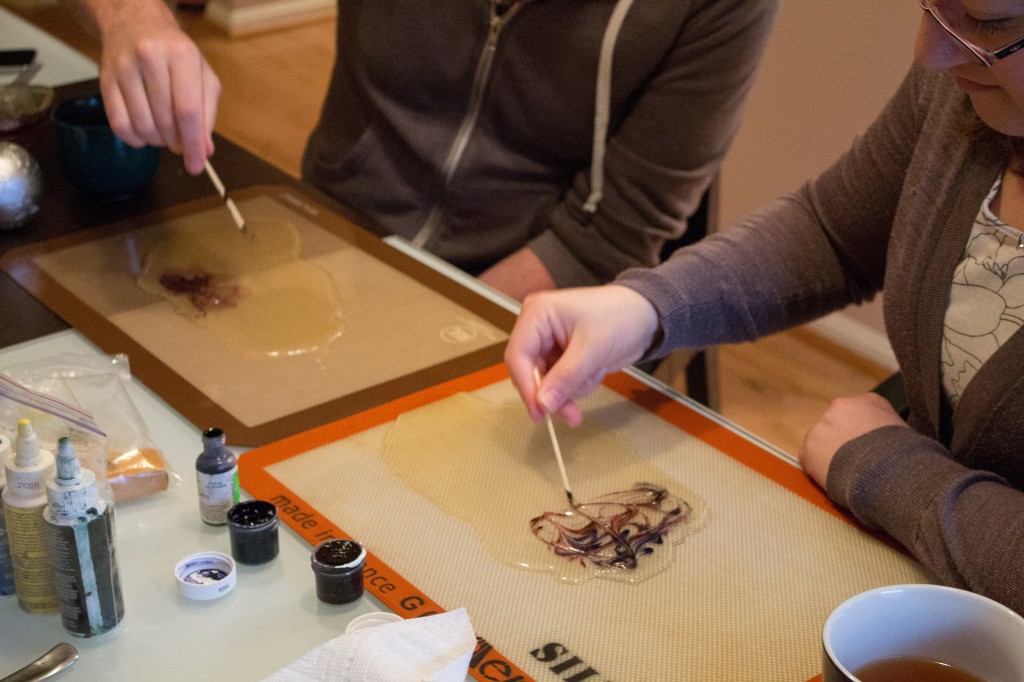


NASABlueshift: How well did you feel you were able to represent a gamma-ray nova with cake? Did it have shortcomings as a medium?
Judy: We were really pleased with how the cake turned out, especially the frosting work that really showed how material flows from the companion star onto the white dwarf. The 3D printing was particularly challenging as we had no prior experience with the technique, but it worked largely as planned. It also turned out that the blast wave sugar hemispheres are very fragile, as we broke many more than survived.

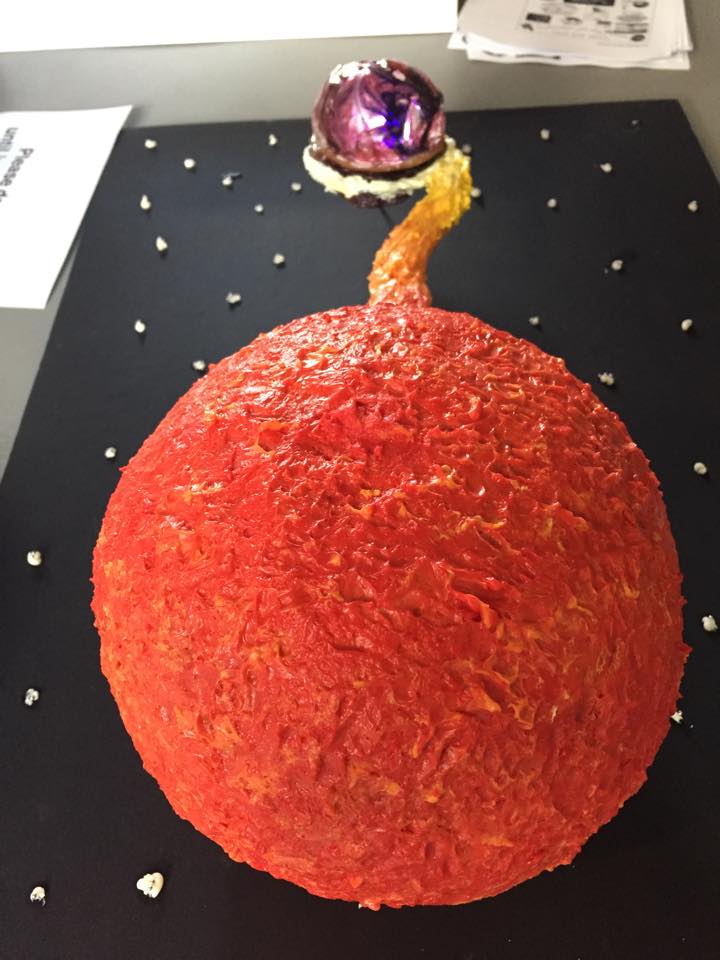
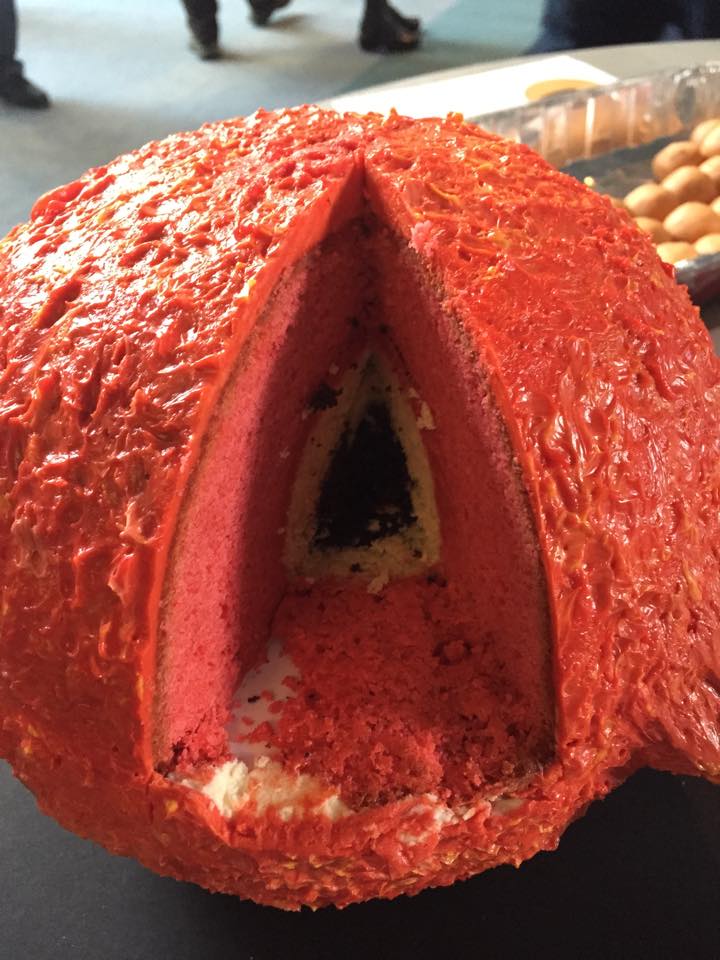

NASABlueshift: Is this your first foray into astronomical baked goods?
Judy: This was not our first astronomical cake. In addition to the nova cake as our third winning Science as Food contest entry (previously the Fermi bubble cake, and a gamma-ray pulsar cake), we also make a scale model of the Fermi satellite for the 5th anniversary, the 10 Years of Swift cake (for which we admit the cake was store-bought but the decorations handmade because of travel conflicts), and a few others for various occasions like Ph.D. thesis defenses, and mission anniversaries. We’ve been known to read papers, consult experts, and even study models and engineering diagrams, for the sake of accurate cakes.
Thanks so much to the Fermi Project Bakers for the interview and making-of photos of their beautiful cake!


